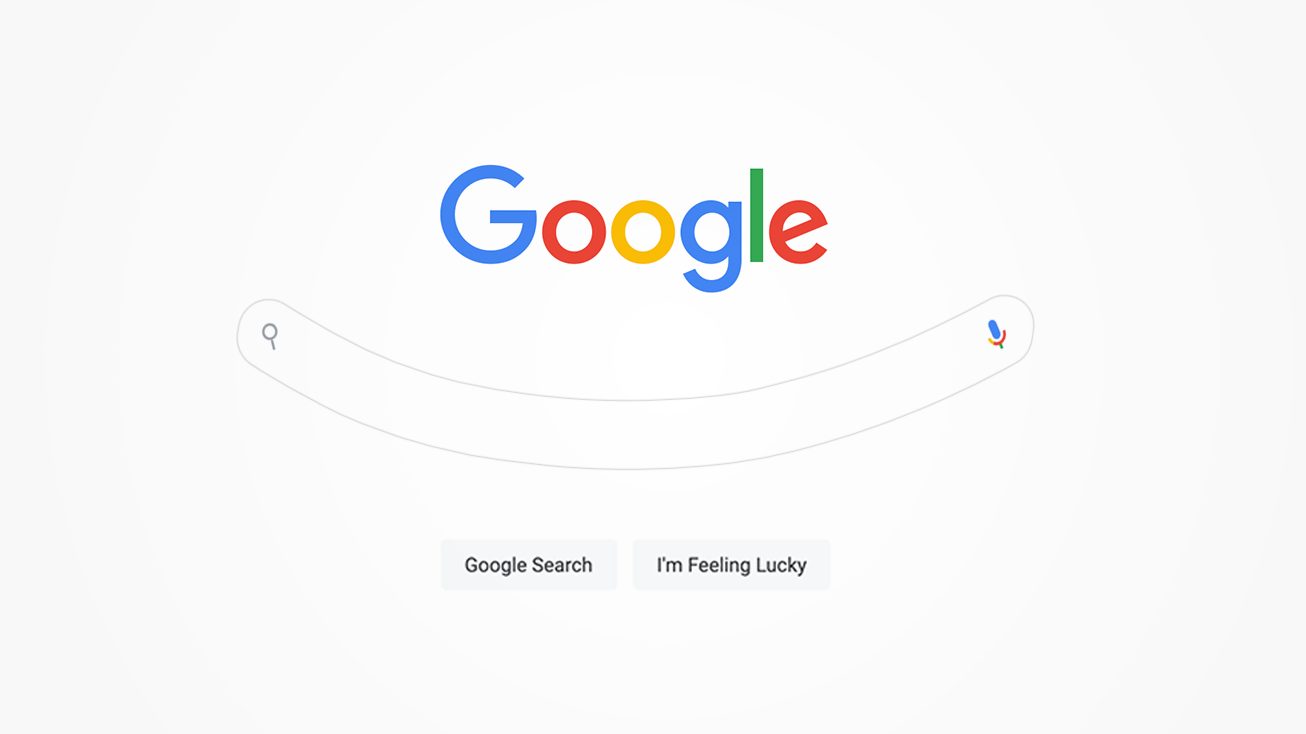The first email was sent by Ray Tomlinson way back in 1971—and in the 50 years since, email has become a ubiquitous part of human existence, both personally and professionally.
Today, there are over 4 billion email users worldwide.
Billion.
That’s more than twice the size of Twitter and Instagram combined. Just about half of all humans on the planet. Let that sink in for a moment… then think about how many emails you’ve seen, opened, clicked, and sent today alone.
The sheer magnitude of this user base made email one of the earliest powerful and insightful marketing channels for businesses. Even through the bad times of spam mail and phishing attempts, email has hung on strong—right up to today, when personalized advertising and data collection by advertisers is right on the tip of everyone’s tongue.
All this is to say that email is still a crucial tool for so many marketing teams. That’s why, when Apple unveiled a whole new approach to email user privacy with the rollout of iOS 15, everyone in email marketing felt a little shiver run down their back.
Fortunately, this ain’t over. The fact is, the privacy updates around iOS 15 aren’t bad at all. They might even be good.
It’s certainly the way of the future, no matter how you look at it—which is why marketers need to be smart, effective, and forward-thinking to adapt to this new attention paid to privacy.
iOS 15’s Impact on Email Marketing
As soon as Apple announced its iOS 15 operating system update (effective September 2021), so many thought leaders in the email marketing world predicted that these changes would forever alter the landscape.
The primary victim: marketers’ ability to perform data collection for email marketing.
Under the update, email users will be able to opt-out of three things:
- Showing businesses that they’ve opened an email,
- Sharing their identity (email address, IP address, etc.) with businesses, and
- Sharing their geographic location.
If you’re one of those “old sage” type experienced email marketers, you’ll immediately see a few red flags here. If you’re a little greener, let’s break down what each of these might mean for your email strategy.
Hiding Email Opens: Bye Bye, Open Rates?
If you’ve ever switched off “read receipts” in iMessage, you know how liberating it can be to read texts without the sender knowing you’ve peeked. Apple said “let’s apply this to email” with the option to turn off read receipts.
This update allows consumers to hide the fact that they’ve opened a marketing email. Naturally, threatens to make the “open rate” – one of the foundational metrics of email marketing – largely obsolete since conservatively half of any organization’s contact list uses an Apple device.
In the wake of this update, many businesses will see a drop in CTR and Open Rate. This is due to an increased focus on privacy protection. Essentially, Apple is now preventing email platforms (i.e., HubSpot, Constant Contact, Marketo, etc.) from using pixels to collect information about a user within their mail app. In addition, Apple is now pre-loading images and content of emails – regardless of if the user actually opened the email or not.
As a refresher, the “open rate” of an email is the percentage of subscribers who received and opened an email. This percentage is useful in analyzing the performance and resonance of your messaging.
If an email has a low open rate, it could mean that the subject line wasn’t interesting enough, or perhaps you’re sending too many emails and subscribers are tired of reading them. A high open rate, conversely, means that the emails are engaging and the cadence at which they’re being sent is appropriate.
So, losing statistical confidence in this metric will invariably affect the way that businesses analyze email performance. It will also have a precipitous effect on analyzing other metrics such as clickthrough rate, which is the percentage of people who clicked on a link (typically a CTA) in your email after opening it.
In most email platforms, for every single user who is using apple mail – when an email is sent it will count as an open, regardless of it they actually open the email or not. This means all emails sent to apple mail will count as an open, thus lowering click-through rates.
Not Sharing User Identity: Can’t Tell Who’s Visiting?
The other ground-shaking update to email marketing privacy from iOS 15 is the option for users to hide their IP addresses from marketers and tracking software.
If you’re using a CRM to understand user behavior across your site, especially for people coming through email links, this is a biggie. This could seriously impact a marketer’s ability to see with clarity what users are doing after they click through an email.
Without a clear vision of how email is driving on-site actions like purchases and conversions, the basic motivation for even pursuing email marketing falls into question pretty quickly.
After all, a major goal of email marketing is to support site engagement—and if you can’t see it, you can’t prove it.
Hiding Geo Location: Where’s Everyone Clicking From?
Using location data from users is a bit more niche for email marketers, but could have serious impacts right on up the marketing chain of command.
That’s location-based marketing strategies have become more and more prevalent as device saturation has grown—the more devices out there, the better your potential reach in a given city or geographic area.
This is true for email too, particularly for national or international businesses focused on region-specific campaigns.
But with these new updates from Apple allowing users to more effectively hide their location from tracking software, all this could become a lot harder for marketers. That could throw a bit of a wrench in your plans as more users opt to forgo location tracking.
Since email marketing strategy is shaped almost entirely by implicit and explicit data collected from users, this 2021 update marked a major turning point for marketers. It’s likely that things like send time personalization, geographically-targeted drip campaigns, and subject line testing will never be the same.
That said, it’s important to remember that increased user privacy is a trend that has been ramping up for years and it doesn’t show any signs of slowing down. This update will almost certainly not be the last time that a new portion of consumers’ data will be rendered inaccessible to marketers. So, the question becomes, how will your organization evolve to meet the challenge of this update?
Don’t Worry—Anyone Can Adapt And Evolve Into Privacy-First Email Marketing
Now, for some good news.
For the past several months, we’ve been helping our clients prepare and adjust to the new reality of iOS 15. Like any other software update or algorithm change, this will likely alter the way that they do business.
And that’s not necessarily a bad thing! Many organizations have taken this as an invitation to grow and evolve, either maintaining or even increasing their investment in email marketing.
One thing is for sure: concern for user privacy is only going to become more potent as time goes by. It’s starting to feel more and more like your options are to get on board or sink in the riptide.
Clearly this is a large and important issue – as it 100% affects some of our primary email analytics. Open and Click Rates are no longer reliable so we will need to rely on other email information to understand and optimize performance.
Being agile and adaptable in the face of change has always been the trademark of a successful company. In the wake of 2020-2021 especially, it’s clear that resilience and persistence have reigned supreme among all other attributes.
As Calvin Coolidge famously said, “There is no substitute for persistence.” Two millennia before him, the Roman general Sertorius said, “In time, persistence can overthrow the greatest powers in the world.”
In keeping with these sentiments, our advice is to press on and adapt.
Taking Steps Toward Smarter Email Strategy
It feels like every few months we’re all asked to adapt to some new algorithm or software update, so this isn’t our first rodeo when it comes to being adaptable in the face of major changes.
The reality is, app turnover is higher than employee turnover these days. And that trend is not going to reverse or even stagnate any time soon. The pace at which technologies change and evolve has consistently sped up since the invention of the wheel. That’s why it’s so important to be ready for not only today’s changes, but updates yet to come.
Performing a tech audit
Whenever Google changes its algorithm, we’ve had to audit our SEO tools to make sure that they align with the new system of crawling, indexing, and ranking. Or back when Facebook made a series of News Feed updates that rendered written content like columns and blogs essentially worthless, we adapted our content strategy accordingly.
So, although this recent email update from Apple seems jarring, rest assured that it is possible to put a process in place for these sorts of things. If you don’t have one, best to start with a tech audit.
The first step when conducting a tech audit is to ask “How ingrained is this element (be it an app or a metric) in our business’s marketing operation, and how much time and resources will it take to pivot?”
For example:
- How can we better encourage our users to voluntarily offer their data? What will they expect in return?
- How ready are we to shift our location-based marketing to more specific account-based or cohort-based strategies?
- How heavy of a lift would it be to shift a portion of your email marketing resources to focus on other channels, like SMS marketing?
This is easier said than done, and of course “pivoting” is often slower and more laborious than the word suggests. However, it’s a truth that we’re all going to have to face.
If a large portion of your email marketing efforts has relied on open rates to trigger workflows or drip campaigns, then you’ll have to rethink this strategy since open rates will no longer be reliable.
And since users will have the ability to mask their IP and email address, campaigns triggered by demographic or psychographic information such as where a person lives or what their interests will have to be revised as well.
Coming up with workarounds to meet these changes will be no small task, but unfortunately, there is simply no alternative. This is not an update that you can ignore.
Once you’ve assessed the main technological hubs, you’ll have to determine which of the surrounding and overlapping technologies to replace, integrate, or leave untouched. In the case of this iOS 15 email update, we’ve had to take stock of which technologies are used to measure things like open rate and user identity and move forward accordingly.
There is a high likelihood that certain parts of your tech stack will be rendered anachronistic or at least need to be scaled back or replaced.
Seeing Each User’s Journey Clearly
Another helpful way to approach software updates is to evaluate which parts of the buyer’s journey or customer lifecycle are most impacted by this change.
The most important thing to keep in mind when it comes to adapting to changes in technology is to focus on “why” rather than “what.”
In other words, why is this technology or metric important to your business? What real-world function does it serve in converting strangers into leads and leads into customers?
This will help you to avoid getting bogged down in the nitty-gritty minutia of the software itself and instead focus on the big picture and how to move forward as a business.
It will also help you explore alternatives that accomplish the same goal. Losing statistical confidence in things like open and clickthrough rates may be a setback in the short term, but you can take comfort in the fact that this change is not limited to you.
Everybody has been dealing with this same situation. So, the faster that you can accept this update as an invitation to evolve and an opportunity to be resilient, the better chance you’ll have at coming out ahead of your competitors.
Bringing It All Back Home
Yes, losing certain insights into your consumers’ behavior may chip away at your company’s ability to personalize marketing materials, but that too isn’t altogether negative.
Experts in the field have begun to question whether over-personalized advertising is really all it’s made out to be. While it’s inarguable that being able to tailor content to better align with your buyer personas is effective, too much customization can lead to you acquiring customers that you already had! We recommend creating content that is personalized to your ideal customers, but in a way that is aspirational and forward-thinking and not simply reactive to the data that you’ve collected.
This is an opportunity to focus on optimizing your efforts towards personalization. Personalize the emails towards your target audience. This should help conversion rates over time. It will also help you transition to the new reality of email marketing in 2022 and beyond.
Part of the magic of digital marketing is the random and spontaneous bursts of success that come when your message resonates with an audience that you didn’t expect to reach. These occurrences are what open the door to new and exciting possibilities.
As long as the content that you’re putting out is of the highest possible quality and true to your purpose, then over-personalizing may not be as important as you thought. From a technological standpoint, what worked yesterday isn’t always what’s going to work today.
Harvard Business Review certainly thinks so:
“People who regularly buy cosmetics don’t buy them because they see promoted tweets. They see promoted tweets for cosmetics because they regularly buy cosmetics.”
The point is, marketing technology is fleeting; good marketing, on the other hand, is timeless. Apps and algorithms go in and out of style, but insightful and creative business storytelling will not.







